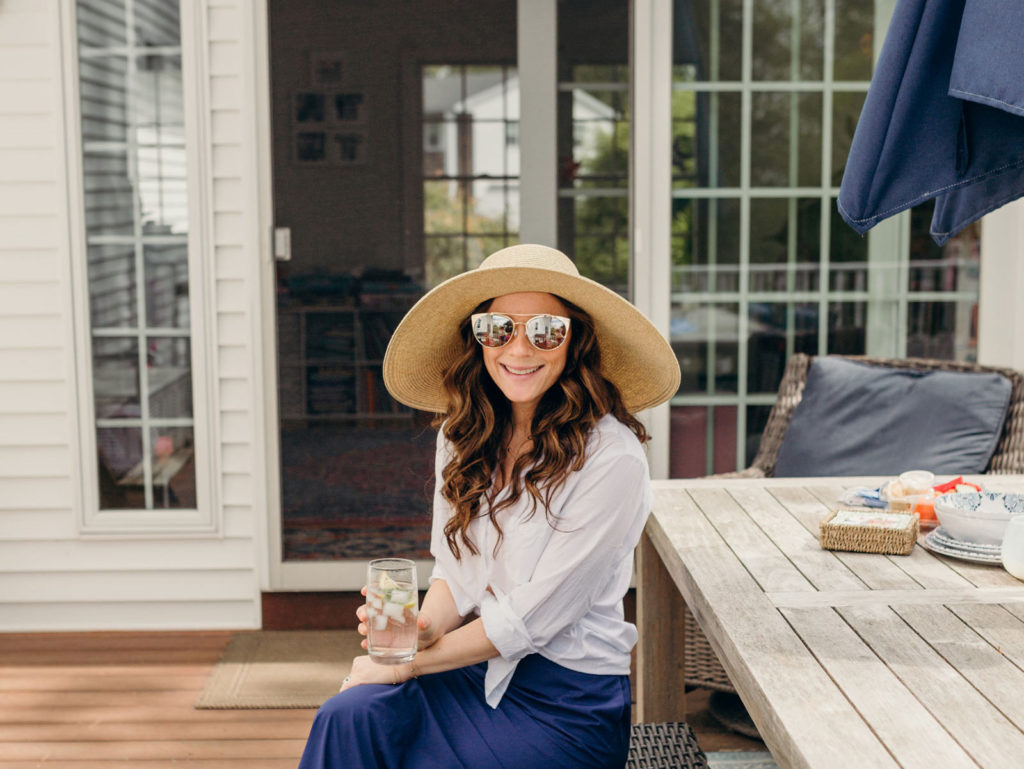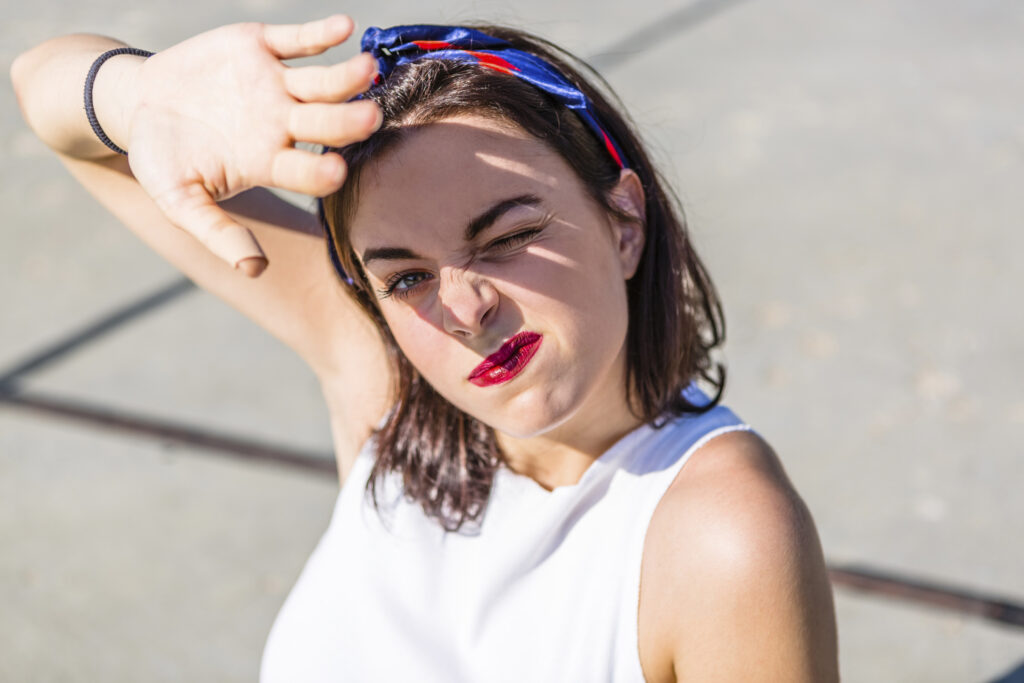UV Radiation & Your Skin
The Facts. The Risks. How They Affect You.
When it comes to skin cancer, a major risk factor is prolonged exposure to ultraviolet (UV) radiation.
Understanding UV radiation and how it damages your skin is an important first step in safeguarding yourself against skin cancer.
The good news is that you can greatly reduce the danger posed by UV radiation. You can enjoy outdoor activities and limit your skin cancer risk by taking simple, smart protective measures.
What is UV radiation?
UV radiation is part of the natural energy produced by the sun. On the electromagnetic spectrum, UV light has shorter wavelengths than visible light, so your eyes can’t see UV, but your skin can feel it. Tanning beds also emit UV radiation.
Two types of UV light are proven to contribute to the risk for skin cancer:
- Ultraviolet A (UVA) has a longer wavelength. It is mainly associated with tanning and skin aging but can also lead to sunburn.
- Ultraviolet B (UVB) has a shorter wavelength. It is mainly associated with sunburn.
While UVA and UVB rays differ in how they affect the skin, they both do harm. Unprotected exposure to UVA and UVB damages the DNA in skin cells, producing genetic defects, or mutations, that can lead to skin cancer and premature aging. UV rays can also cause eye damage, including cataracts and eyelid cancers.
What is at stake?
UV radiation is a proven human carcinogen, causing basal cell carcinoma (BCC) and squamous cell carcinoma (SCC). These types of cancers often appear on sun-exposed areas of skin. Fortunately, when discovered and treated early, these common skin cancers are usually curable.
UV exposure that leads to sunburn has proven to play a strong role in developing melanoma, a dangerous type of skin cancer. Research shows that the UV rays that damage skin can also alter a gene that suppresses tumors, raising the risk of sun-damaged skin cells developing into skin cancer.
What you need to know
- A majority of nonmelanoma skin cancers (NMSC) and a large percentage of melanomas are associated with exposure to UV radiation from the sun.
- UV exposure is a powerful attack on the skin, creating damage that can range from premature wrinkles to dangerous skin cancer.
- Damage from UV exposure is cumulative and increases your skin cancer risk over time. While your body can repair some of the DNA damage in skin cells, it can’t repair all of it. The unrepaired damage builds up over time and triggers mutations that cause skin cells to multiply rapidly. That can lead to malignant tumors.
- The degree of damage depends on the intensity of UV rays and the length of time your skin has been exposed without protection. Location is also a factor. The UV index measures the intensity of UV radiation at a specific location. If you live where the sun is strong year-round, your exposure level and risk increases.
- You can easily reduce your likelihood of developing skin cancer by protecting yourself against UV radiation.
UVB facts and risks
- UVB penetrates and damages the outermost layers of your skin. Overexposure causes suntan, sunburn and, in severe cases, blistering.
- UVB is connected to the Sun Protection Factor (SPF) on labels of sunscreen products. The SPF number tells you how long the sun’s radiation (including some of the UVA) would take to redden your skin when using that product compared to the time without sunscreen.
- UVB intensity fluctuates. While the sun’s rays are strongest and pose the highest risk late-morning to mid-afternoon from spring to fall in temperate climates and even greater timespans in tropical climates, UVB rays can damage your skin year-round, especially at high altitudes or on reflective surfaces like snow or ice.
- UVB rays can be filtered and do not penetrate glass.
UVA facts and risks
- UVA rays cause tanning, and the shorter wavelengths of UVA also cause sunburn. There is no such thing as a safe or healthy tan. UVA radiation is proven to contribute to the development of skin cancer.
- UVA is connected to the “broad-spectrum protection” you see on the labels of sunscreen products. Early sunscreens only protected your skin from UVB rays, but once it was understood how dangerous UVA rays were, sunscreen manufacturers began adding ingredients to protect you from both UVB and UVA across this broader spectrum.
- UVA rays, while slightly less intense than UVB, penetrate your skin more deeply. Exposure causes genetic damage to cells on the innermost part of your top layer of skin, where most skin cancers occur. The skin tries to prevent further damage by darkening, resulting in a tan. Over time, UVA also leads to premature aging and skin cancer.
- UVA radiation is the main type of light used in most tanning beds. Once thought to be safe, we now know it is just the opposite.
- UVA is everywhere. UVA accounts for up to 95 percent of the UV radiation reaching the earth. These rays maintain the same level of strength during daylight hours throughout the year. This means that during a lifetime, we are all exposed to a high level of UVA rays.
- UVA can penetrate windows and cloud cover.
Protect yourself!
Despite the risk factors, you can safely, happily enjoy the great outdoors by protecting your skin against UV exposure with broad-spectrum sunscreen and sun-safe clothing, hats and eyewear. You can also consider UV window film for your home and car.
Make it a way of life. Protect yourself every day, even when it’s cloudy. Avoid indoor tanning entirely. Get more details here: Your Daily Sun Protection Guide.
Reviewed by:
Anna Chien, MD
Heidi Jacobe, MD



